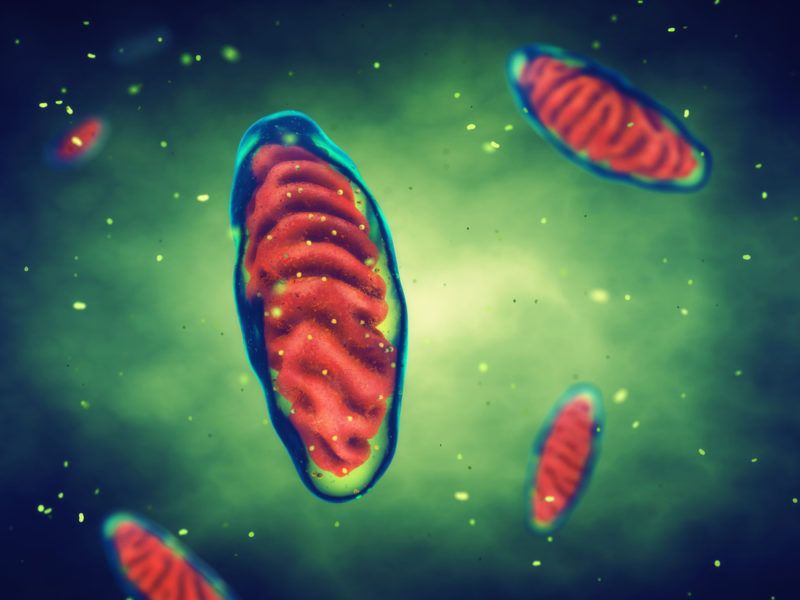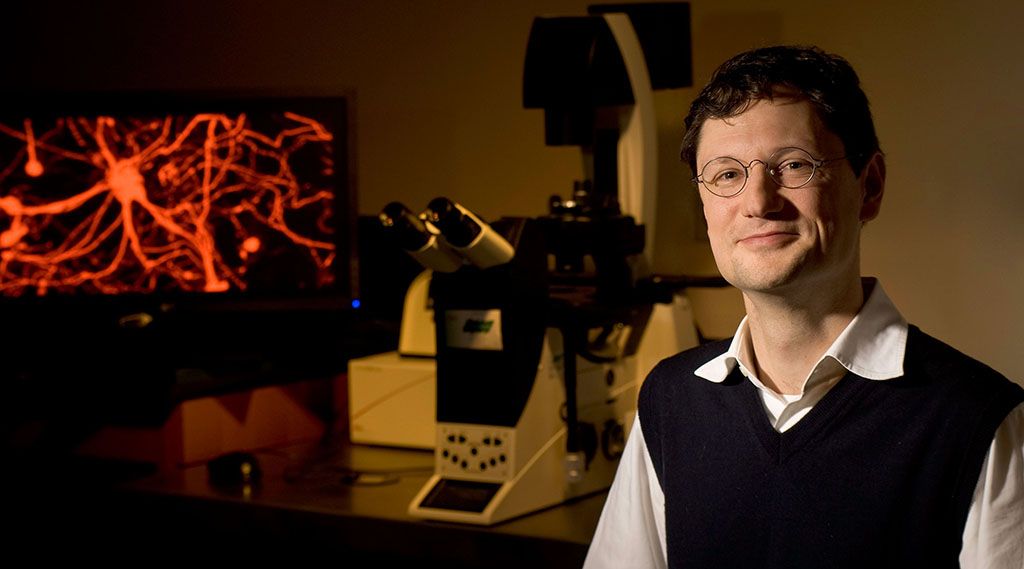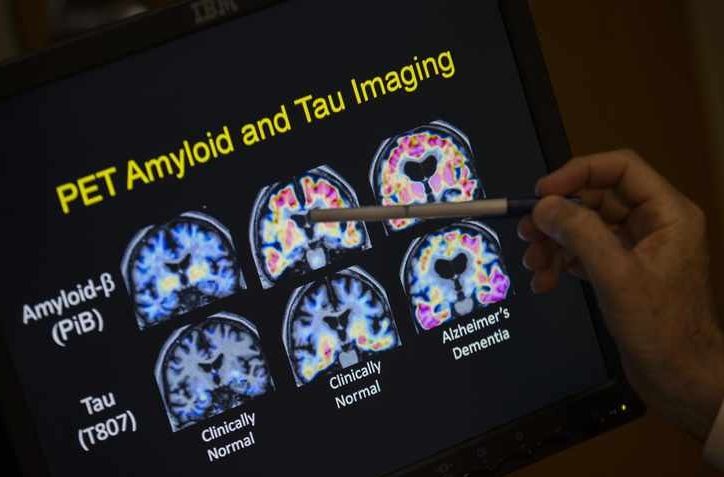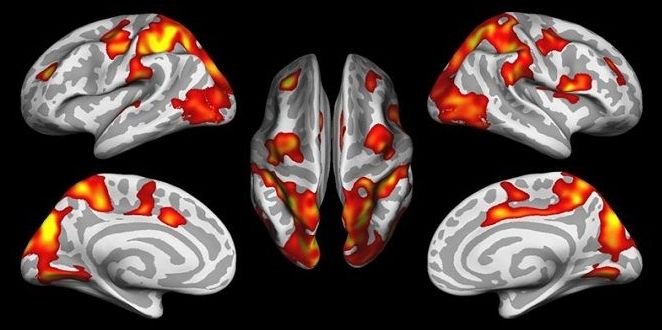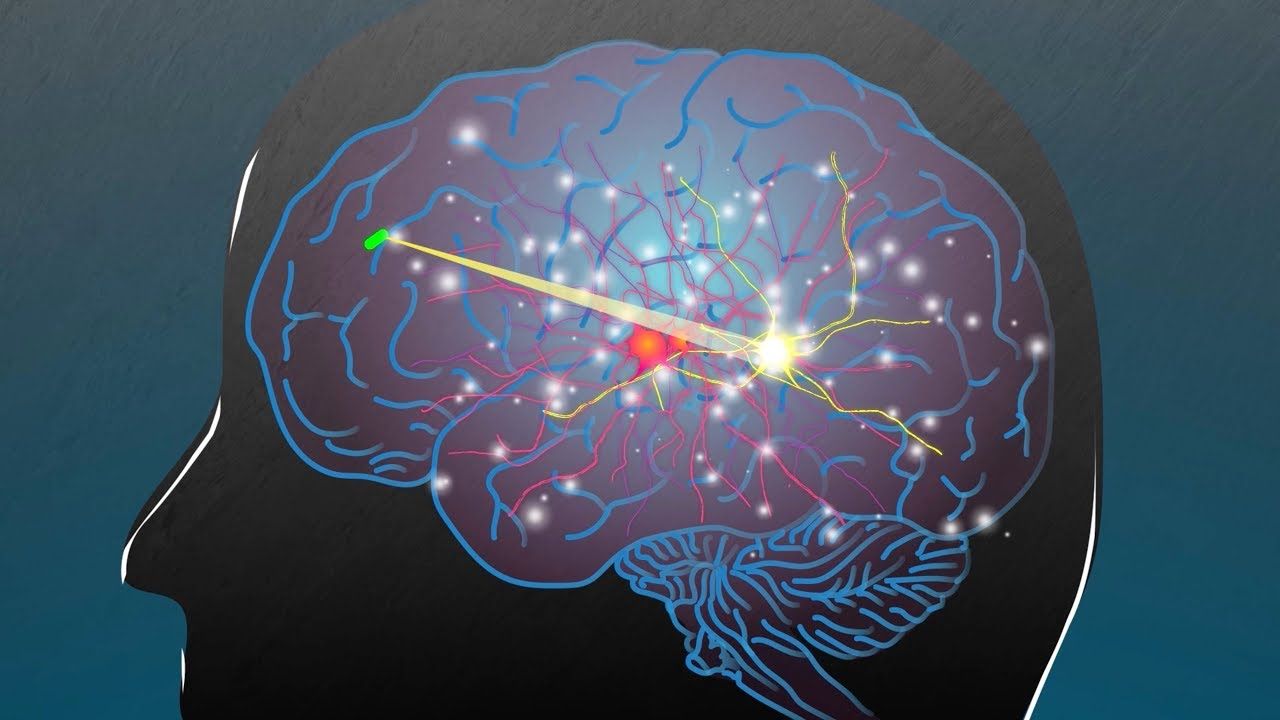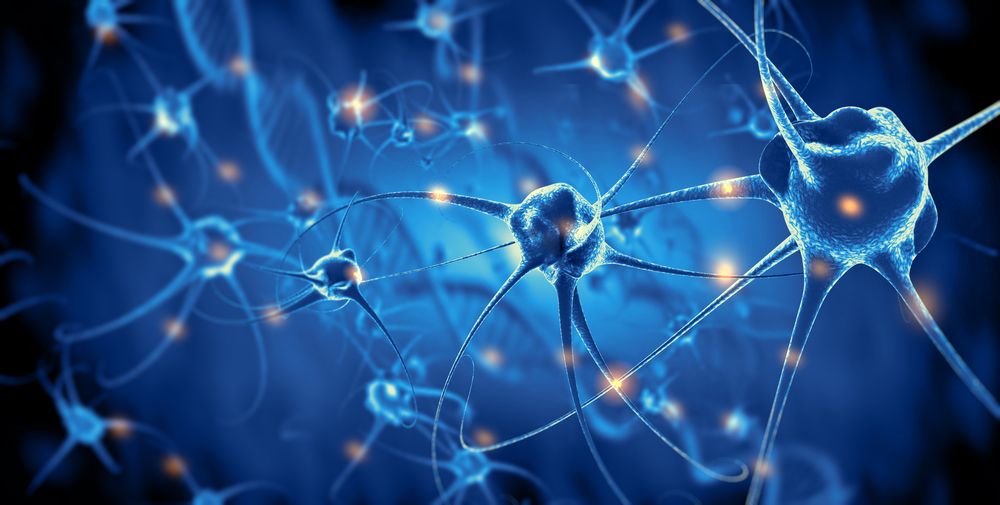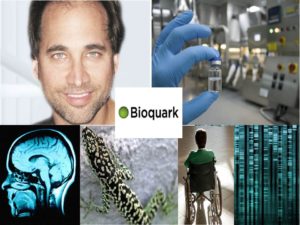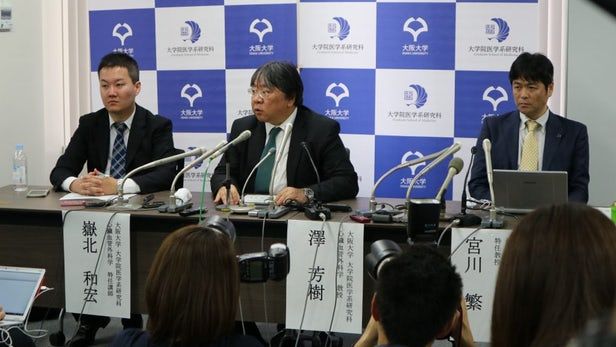Jun 7, 2018
NAD+ Precursor Has Therapeutic Potential Against Parkinsons Disease
Posted by Steve Hill in categories: biotech/medical, genetics, life extension, neuroscience
Today, we will be taking a look at a new study showing that an NAD+ precursor was able to improve mitochondrial function in cells and flies with a model of Parkinson’s disease.
Summary
While mitochondrial dysfunction is emerging as key in Parkinson’s disease (PD), a central question remains whether mitochondria are actual disease drivers and whether boosting mitochondrial biogenesis and function ameliorates pathology. We address these questions using patient-derived induced pluripotent stem cells and Drosophila models of GBA-related PD (GBA-PD), the most common PD genetic risk. Patient neurons display stress responses, mitochondrial demise, and changes in NAD+ metabolism. NAD+ precursors have been proposed to ameliorate agerelated metabolic decline and disease. We report that increasing NAD+ via the NAD+ precursor nicotinamide riboside (NR) significantly ameliorates mitochondrial function in patient neurons. Human neurons require nicotinamide phosphoribosyltransferase (NAMPT) to maintain the NAD+ pool and utilize NRK1 to synthesize NAD+ from NAD+ precursors. Remarkably, NR prevents the age-related dopaminergic neuronal loss and motor decline in fly models of GBA-PD.
Continue reading “NAD+ Precursor Has Therapeutic Potential Against Parkinsons Disease” »
